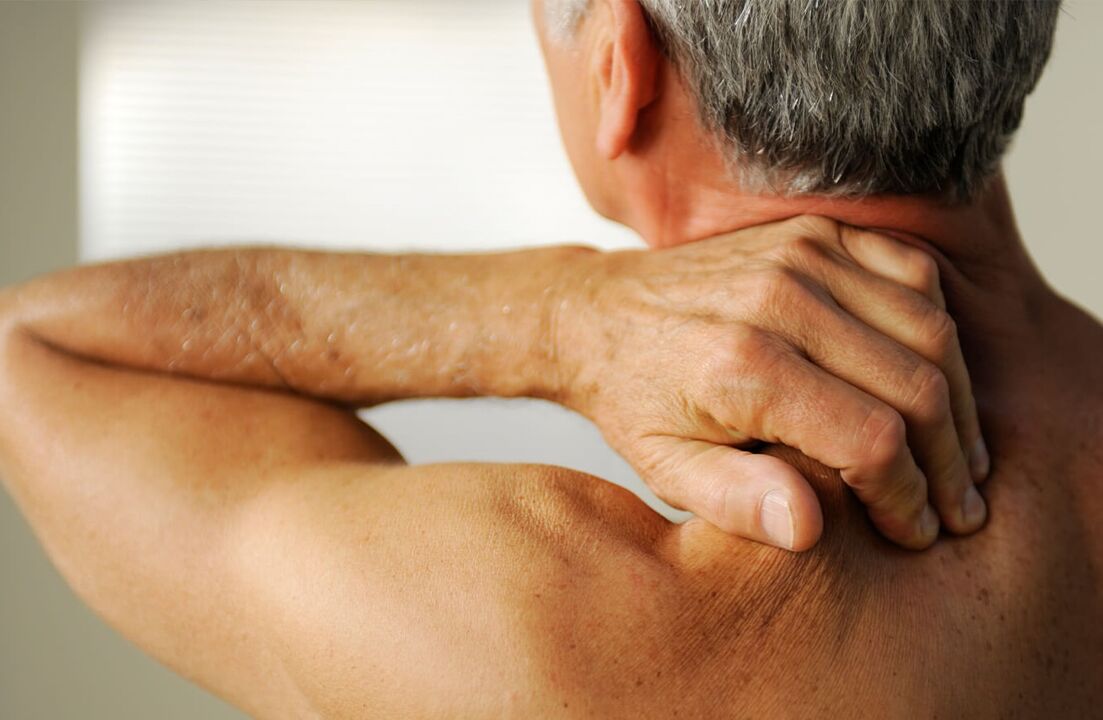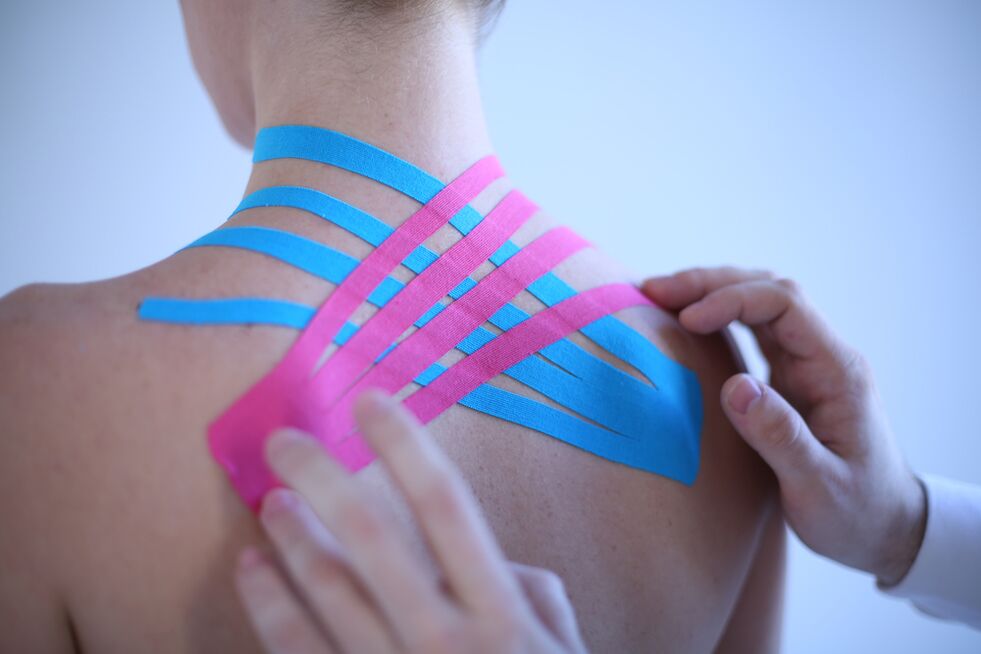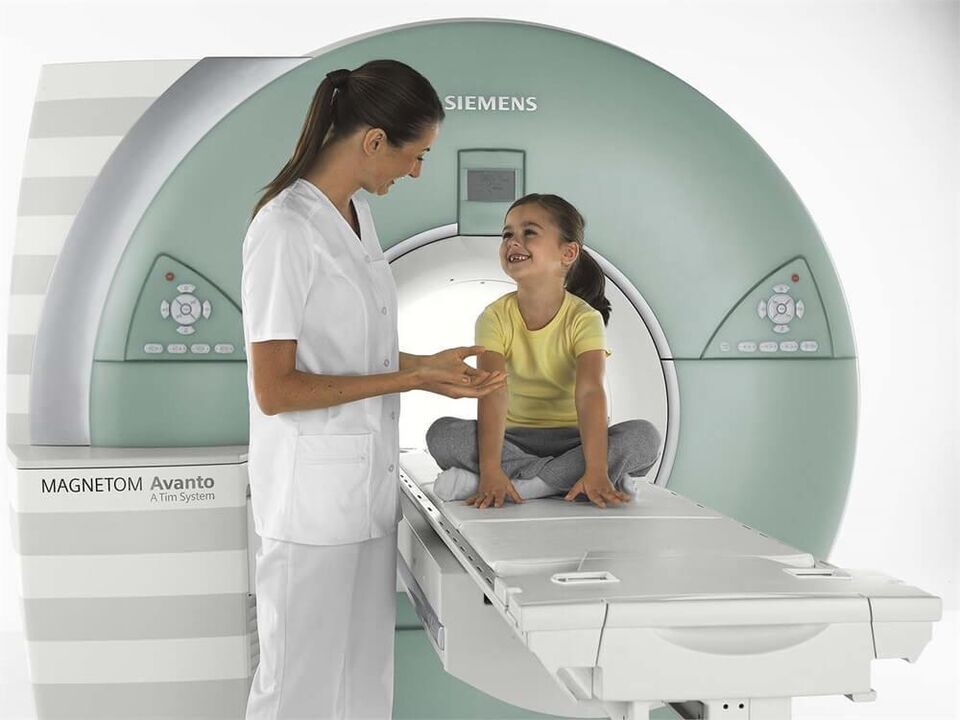Osteochondrosis of the spine is the pathology of articular cartilage, which is a part of the intervertebral disc. According to statistics, more than 60% of middle-aged people will have varying degrees of disease. This disease cannot be ignored. Therefore, it is of great benefit to everyone to understand the prevention and treatment of spinal osteochondrosis. This article will discuss the principles and directions of pathological treatment in more detail.

The cause of the disease and who is at risk
The main causes of spinal osteochondrosis include the following:
- Scoliosis or pathological kyphosis.
- Genetic susceptibility.
- Lack of trace elements (calcium, magnesium, phosphorus), hormone metabolism disorder.
- Postpone spinal injury or surgery.
- Poor working conditions or sedentary lifestyle, overweight or pregnancy.
- Nervousness, smoking, alcoholism, etc.
Spinal osteochondrosis affects people of almost any age. The elderly are more prone to suffering, because with age, the cartilage will undergo irreversible changes. Among young and middle-aged people, osteochondrosis is most commonly caused by scoliosis, trauma, and obesity.
Type and degree of osteochondrosis
Osteochondrosis is classified according to the location of the pathological process of each segment of the spine: cervical spine (SHOP), thoracic spine (GOP), lumbar spine (POP) and sacrum (COP). If 2 or more departments are involved, the disease is called common osteochondrosis of the spine. Other forms of disease are less common and appear alone: osteochondrosis of the lower limbs, upper limbs, and other joints. In Russian literature, they are often referred to as osteochondrosis.
In addition, according to the changes in the intervertebral discs of the spine, the disease is divided into 4 stages. The degree of osteochondrosis of the spine is determined based on the analysis of clinical pictures and the data of radiological research methods. The main method of diagnosing the disease is X-rays projected from the front and side of the spine.
Signs of various types of osteochondrosis
Before starting treatment, the disease must be correctly diagnosed. Due to fatigue, many symptoms are often overlooked. The main symptoms of the disease are as follows:
- Soreness and discomfort in the affected area of the spine, exacerbated by fatigue or excessive exertion.
- Radiation of pain in the limbs (if the store is damaged-arms, shoulders, headaches possible, POP-legs, buttocks, etc. ).
- When SHOP is damaged: tinnitus, frequent dizziness, nausea, etc.
- Feeling numbness and weakness in limbs.
For osteochondrosis of the spine, it is characteristic that the symptoms of the disease gradually increase with age. Without proper treatment, pain can significantly reduce work capacity, quality of life, and complications may occur. Therefore, when the first symptoms of the disease appear, it is already worth contacting a doctor for treatment.
Is it possible to completely cure osteochondrosis
It is generally believed that osteochondrosis is incurable. Many people suffer from osteochondrosis, so don't pay attention to the pathology. This method is fundamentally wrong. This disease can develop without treatment.
It is never possible to cure osteochondrosis, because most changes in the intervertebral disc are irreversible. However, it is possible to weaken the pathology and prevent its progression. Of course, success depends on the stage of the disease, and the earlier treatment is started, the more effective the treatment will be.
How to treat spinal osteochondrosis
The treatment process of spine osteochondrosis is prescribed by doctors after accurate diagnosis, and several conservative methods are used. The best method is selected according to individual circumstances, and mainly depends on the stage of the disease. The course of treatment includes medication, exercise therapy, physical therapy, intramuscular patch, etc.

In special cases, when the main conservative treatment is ineffective, surgical intervention will be performed on the spine. More commonly, the indication for surgery is an obvious pain syndrome caused by disease complications (hernia or spine disc herniation, sciatica, etc. ). It is also worth noting that the treatment of children and the elderly has its own distinctive characteristics, and we will consider this issue in more detail.
Child treatment
Osteochondrosis in children is relatively rare and is most often caused by injury, developmental abnormalities, or congenital diseases. It is best to use safer methods such as MRI for diagnosis. The treatment of osteochondrosis in children is carried out in accordance with the general principles of adults, but be cautious.

The combination of treatment measures and procedures is selected according to individual circumstances. Choose the safest, least toxic, and non-allergic drugs. Manipulative therapy and massage should be performed by specially trained experts, taking into account the child's physical characteristics. Apitherapy is an unacceptable treatment in childhood.
Treatment of the elderly
Osteochondrosis is almost everywhere in the elderly. The general health condition must be taken into consideration and other medicines must be taken before treatment can be carried out. If a person is taking other drugs, the interaction between them must be considered.
Massage is not recommended for the elderly with osteochondrosis of the spine. A qualified doctor should also perform manual treatment based on age characteristics. The choice of exercise therapy takes into account the physical ability of the elderly, which is necessary to strengthen the back muscles and reduce the load on the spine. Otherwise, treat the disease according to general principles.
How to treat osteochondrosis: drugs
There are two main directions in the treatment of spinal osteochondrosis with the help of drugs: eliminating pain, improving the body's regeneration process and the structure of cartilage tissue. The treatment of spinal osteochondrosis pain syndrome depends on its severity. When the pain is not obvious, use non-steroidal anti-inflammatory drugs. Severe pain syndrome that lasts for several weeks and decreases in working capacity may be an indication for prescribed opioid analgesics. In addition to non-steroidal anti-inflammatory drugs, antidepressants can also be prescribed for pain that has troubled for several months.
Cartilage protective agents can be used to improve cartilage regeneration. In addition, during the exacerbation of osteochondrosis of the spine, antispasmodics can be used. For general health purposes and to improve metabolic processes, vitamin preparations and vasoprotectants are used.
The role of physical therapy
The treatment plan for spinal osteochondrosis must include one or more physical therapies. This complex treatment, coupled with taking medication, will significantly relieve the condition and speed up recovery. Use the following methods to treat osteochondrosis of the spine:
- Acupuncture or acupuncture. The essence of this method is that it specifically targets certain active points of the human body. It allows you to eliminate muscle spasms and improve the metabolic process.
- massage. During the operation, muscle tension and pain were relieved, and local metabolic processes and blood circulation were improved.
- Electrophoresis. The essence of this method is to allow a small current to pass through the body. As a result of the treatment, tissue metabolism and blood supply are improved, and when drugs are administered together, their permeability increases.
- Magnetic therapy. This treatment helps reduce inflammation and also helps normalize blood supply and metabolism.
- Spinal traction. This method allows you to increase the distance between the vertebrae, thereby reducing pain and improving the mobility of the spine. Muscle and ligament devices are being trained.
- Laser Treatment. This method helps to reduce the pain and swelling of the tissues around the spine, improve local metabolic processes and reduce inflammation.
As the osteochondrosis of the spine worsens, physical therapy is not used, and treatment is only performed during remission. These procedures are prescribed in courses that last 1-2 weeks. The frequency of treatment is 2-3 times a year.
Hospitalization
The standard of treatment for osteochondrosis of the spine recommends outpatient treatment, that is, in a polyclinic. In the hospital, treatment is only needed when complications occur. Therefore, patients with sciatica need to be hospitalized.
The treatment of osteochondrosis in my country has been carried out on the basis of specialized institutions for a long time, with manual treatment by qualified personnel, and the treatment of osteochondrosis by physiotherapy methods such as ultrasound, magnetism, and laser radiation. Due to the hospital’s schedule, patients receive adequate and punctual treatment, which enables them to achieve good results. In modern domestic medical care, institutions have been specially established to treat diseases (for example, medical centers for the treatment of osteochondrosis), vertebral surgeons or neuropathologists constantly monitor patients, and have the latest equipment and equipment for treatment of osteochondrosis.
Manual therapy
Massage is the most common and economical treatment for osteochondrosis of the spine (see the benefits of the procedure above). This procedure is only performed by qualified experts and only during the mitigation period. Acute illness is a contraindication to manual therapy.
The classic massage of the spine includes the following techniques: stroking, rubbing, kneading, vibration, etc. The process starts with the impact on the waist area and then transitions to the collar area. After that, perform a segmantar reflex massage.
Apitherapy
Apitherapy is another way for bees to treat osteochondrosis. People who are allergic to bee stings should not be used. During the operation, one or more insects were brought to the affected area for bee stings. Use 1-2 bees at the beginning of the treatment, and then gradually increase to 20-30.
As a result of bee stings, bee venom or bee venom enters the human body. This substance has obvious analgesic and anti-inflammatory effects. Bee venom has detoxification properties, stimulates metabolic processes in the body, and helps restore the connective tissue structure of the spine.
Author's method of gymnastics
As an exercise option for osteochondrosis, special gymnastics can be used. This method involves long daily training. The main characteristics of the exercise are to observe the hygiene of gymnastics and self-confidence.
The technique includes more than 60 exercises. Exercise helps to regulate the muscles of the spine and relieve tension. It helps relieve pain and improve the mobility and range of motion of the spine.
Traditional medicine for osteochondrosis
As part of complex therapy, traditional medical methods are allowed. For example, rice is widely used to treat osteochondrosis. For about a month and a half, one person was eating rice. In addition, Kvass is made from rice and has healing properties.
Sometimes nettle is also used to treat osteochondrosis. To this end, vodka-based tinctures are prepared. Five-leaf clover can also be used to treat osteochondrosis by making tinctures or decoctions, extracts or ointments.
Precaution
There is no specific way to prevent osteochondrosis. But if you develop some habits, the risk of developing this disease will be reduced. The doctor recommends the following principles:
- Avoid excessive physical exertion and injury.
- Use orthopedic mattresses or semi-rigid beds.
- Treat other diseases promptly.
- Avoid nervous tension and pressure.
- Eat adequately and reasonably and engage in sports.

For the confirmed spinal osteochondrosis, all treatment procedures should be approved by the doctor. Self-medication at home can cause complications. Exclude the use of suspicious methods that have not proven effective (treatment with hydrogen peroxide, stretching the spine on a hanger, etc. ). The correct treatment of osteochondrosis of the spine will significantly improve the patient's quality of life and reduce the possibility of disease deterioration.




























